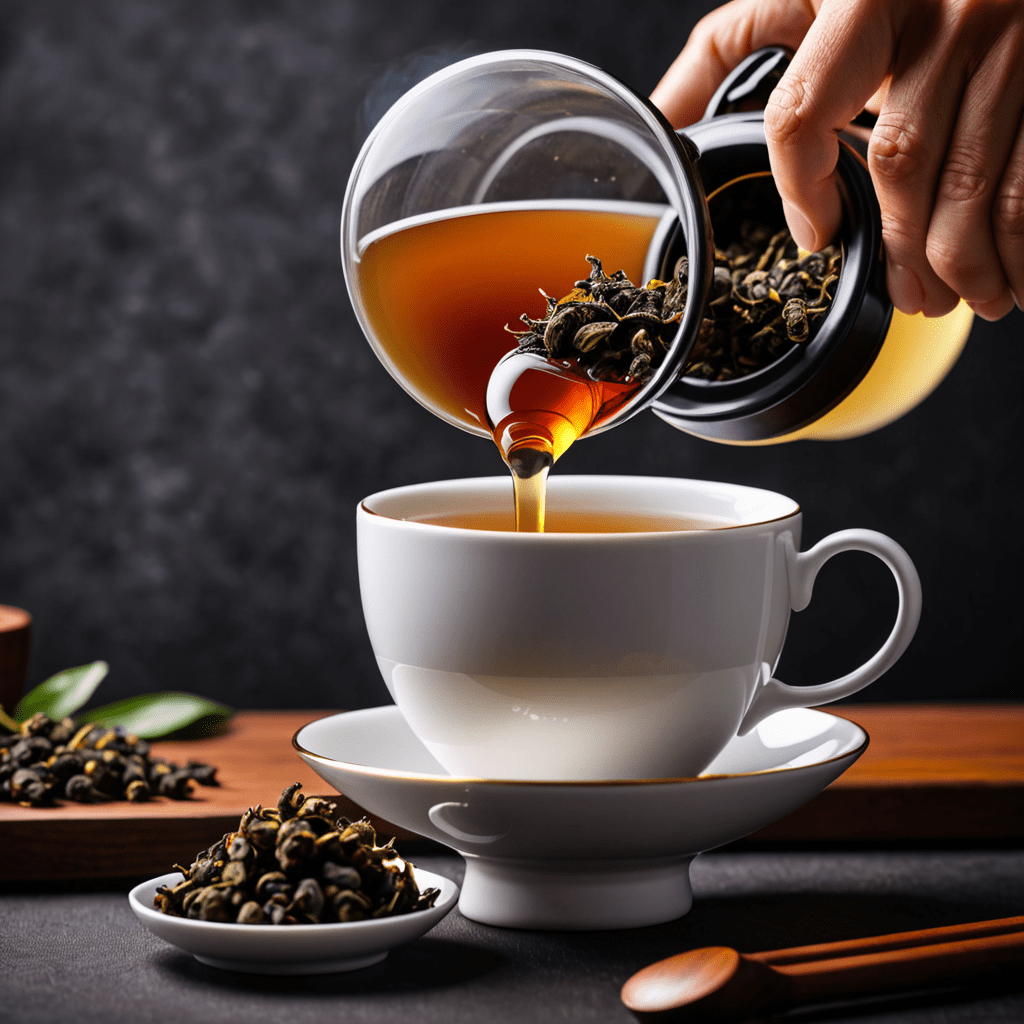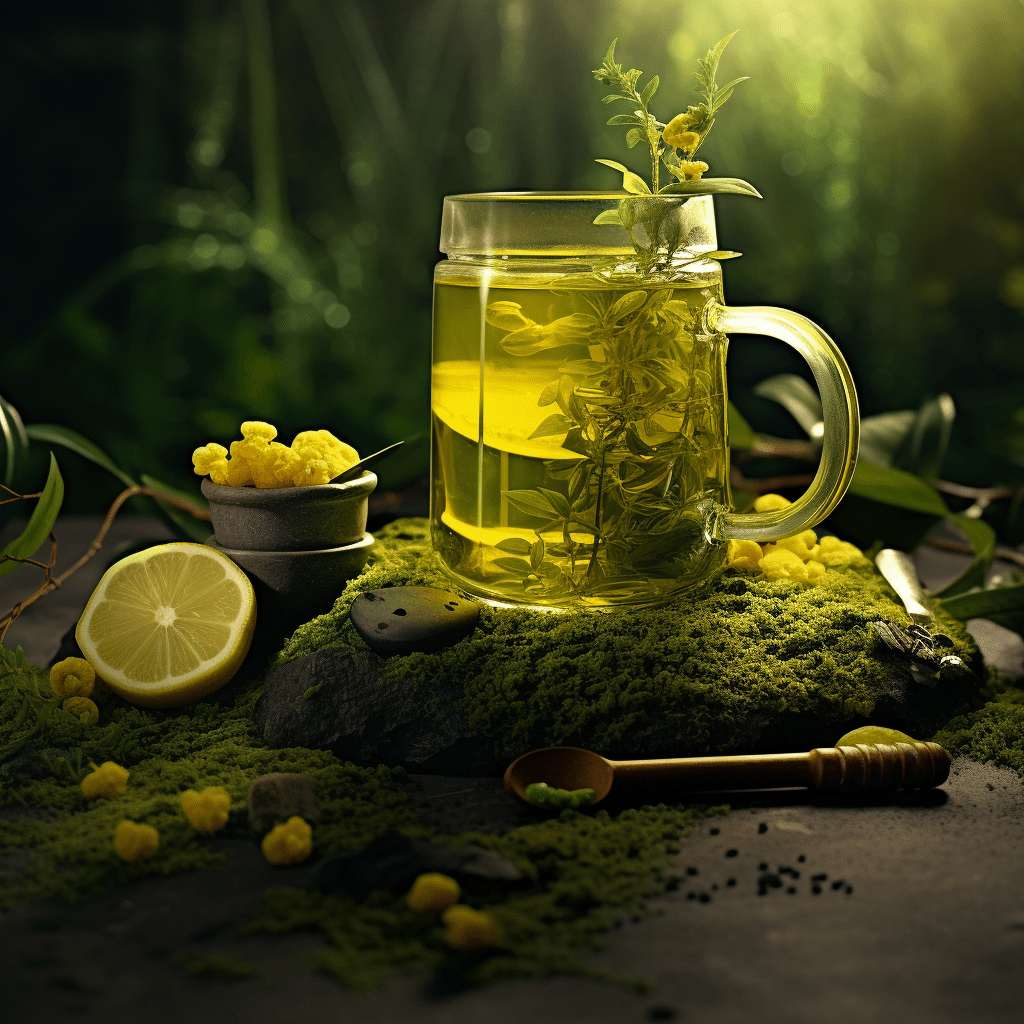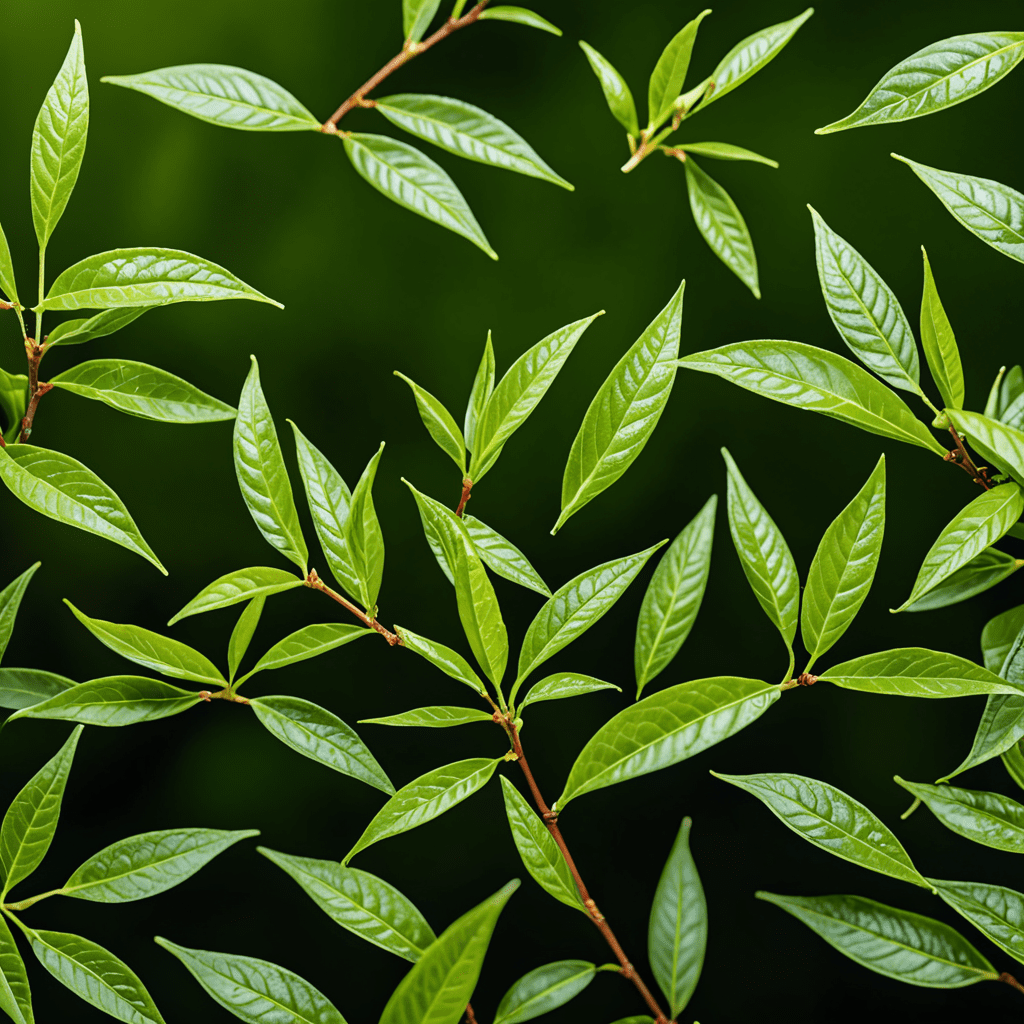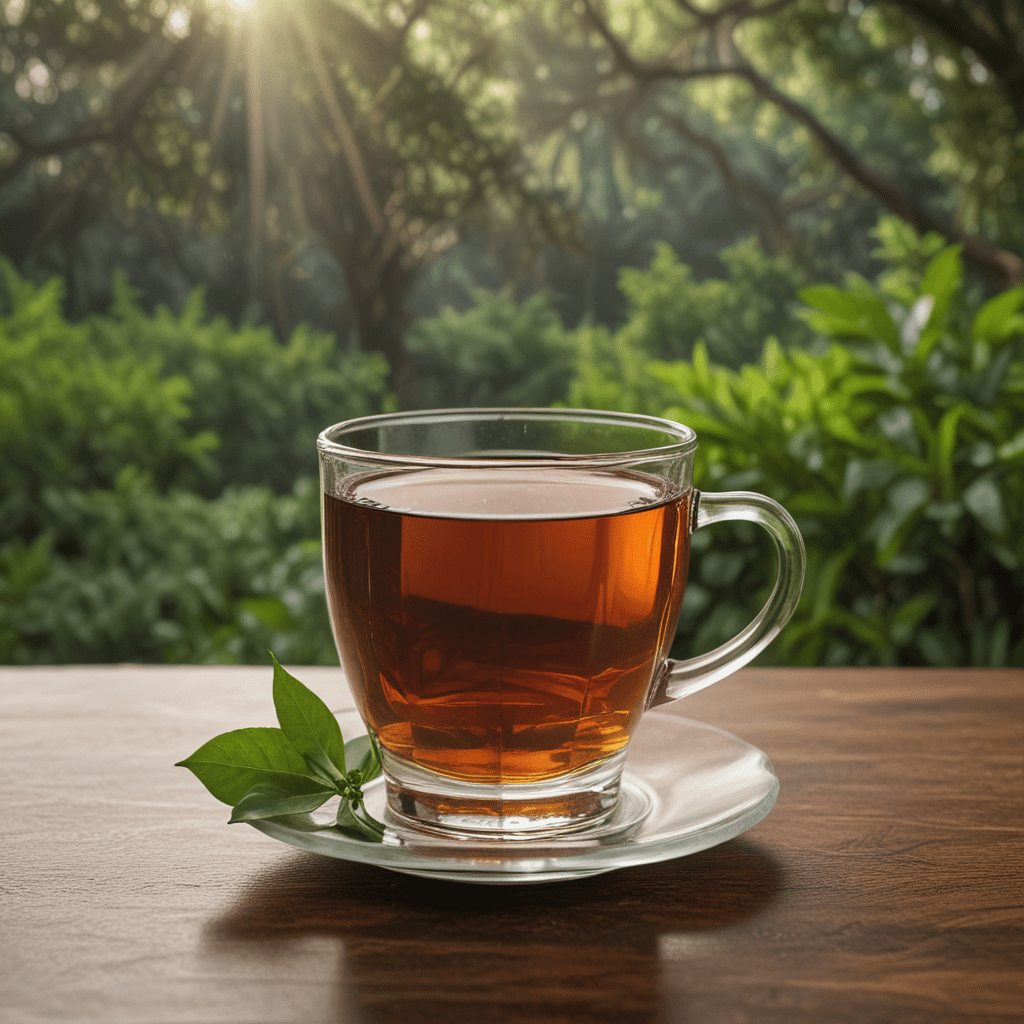
Oolong Tea: The Art of Tea Tasting
Oolong tea is a traditional Chinese tea that is often considered a bridge between green tea and black tea. Its complex flavors and aromas make it a favorite among tea enthusiasts. One of the most intriguing aspects of oolong tea is the art of tea tasting, where one can truly appreciate the nuances and subtleties of this unique beverage.
The Origins of Oolong Tea
Oolong tea has a long history that dates back to ancient China. It is often produced in the Fujian province of China and Taiwan, where the unique terroir contributes to the distinctive characteristics of oolong tea. The leaves undergo partial oxidation, giving oolong tea its signature taste profile.
Understanding Oxidation Levels
Oxidation plays a crucial role in the flavor of oolong tea. The degree of oxidation can vary, leading to a wide range of flavor profiles. Lightly oxidized oolongs have floral and fruity notes, while heavily oxidized ones can be more roasted and robust.
The Art of Tea Tasting
Tea tasting is a sensory experience that involves observing, smelling, and tasting the brewed tea. When tasting oolong tea, pay attention to the aroma, color, and flavor notes. Take small sips and let the tea linger on your palate to fully appreciate its complexity.
Key Factors in Tea Tasting
Factors such as water temperature, steeping time, and the quality of the tea leaves can significantly impact the taste of oolong tea. Experimenting with these variables can help enhance your tea tasting experience and unlock new flavors.
Pairing Oolong Tea with Food
Oolong tea pairs well with a variety of foods due to its diverse flavor profile. Lightly oxidized oolongs complement seafood and delicate desserts, while more robust oolongs can stand up to grilled meats and spicy dishes. Experiment with different pairings to find your perfect match.
Appreciating Oolong Tea Culture
In addition to its complex flavors, oolong tea is deeply rooted in Chinese and Taiwanese culture. Learning about the traditions and rituals associated with oolong tea can enhance your overall appreciation for this beloved beverage.
Conclusion
The art of tea tasting oolong tea is a rewarding journey that allows you to explore the rich diversity of flavors this tea has to offer. By understanding the origins of oolong tea, mastering the tasting process, and appreciating its cultural significance, you can truly elevate your tea-drinking experience.
FAQs About Oolong Tea: The Art of Tea Tasting
What is Oolong Tea?
Oolong tea is a traditional Chinese tea that falls between green and black tea in terms of oxidation. It offers a wide range of aromas, flavors, and complexities depending on the processing method and tea leaves used.
How do you Taste Oolong Tea?
To taste Oolong tea effectively, use freshly boiled water, let the leaves steep for the recommended time (usually 1-5 minutes), and observe the color, aroma, and taste. Take note of the tea’s floral, fruity, or toasty notes to appreciate its full complexity.
What are the Different Types of Oolong Tea?
Oolong tea has various subtypes categorized based on the regions they originate from and their oxidation levels. Popular types include Tie Guan Yin (Iron Goddess), Da Hong Pao (Big Red Robe), and Formosa Oolong (Taiwanese Oolong).
How do you Appreciate Oolong Tea’s Aromas?
To fully appreciate Oolong tea’s aromas, take in the fragrance of the dry leaves, the infused leaves after steeping, and the brewed tea itself. Note any floral, fruity, roasted, or creamy scents


